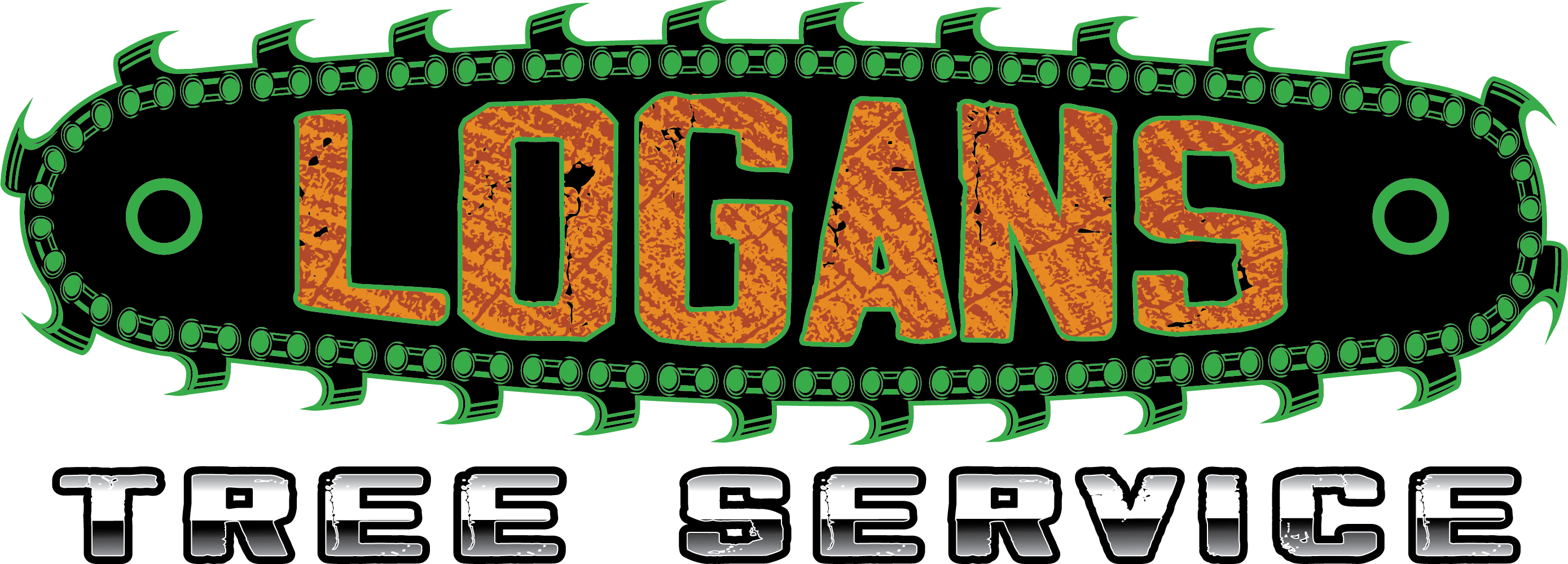TREE HEALTH ASSESSMENT
Professional evaluation and care to maintain the health and safety of your trees
Expert Tree Health Services
At Logan's Tree Service, we believe that prevention is the best approach to tree care. Our professional tree health assessment services help identify potential issues before they become serious problems, saving you time, money, and potentially your valuable trees.
Our experienced arborists conduct thorough evaluations of your trees' health, structure, and growing conditions to detect signs of disease, pest infestation, structural weaknesses, or environmental stress. We then provide detailed recommendations for treatment, maintenance, or, when necessary, removal.
Whether you're concerned about a specific tree showing signs of decline, want to protect your landscape investment with preventative care, or need documentation for insurance or real estate purposes, our tree health assessment services provide the expert guidance you need to make informed decisions about your trees.
Our Tree Health Services
Comprehensive Health Assessments
Thorough evaluation of tree health, structure, and growing conditions to identify existing or potential issues.
Disease Diagnosis & Treatment
Identification of tree diseases and implementation of appropriate treatment plans to restore tree health.
Pest Management
Detection and control of insect infestations using environmentally responsible methods to protect your trees.
Soil Analysis & Fertilization
Evaluation of soil conditions and application of appropriate fertilizers to improve tree nutrition and health.
Root Care
Assessment and treatment of root issues, including root collar excavation, vertical mulching, and aeration to improve root health.
Risk Assessment
Evaluation of potential hazards posed by trees and recommendations for risk mitigation to protect property and people.
Warning Signs Your Trees May Need Attention
Dead or Dying Branches
Branches with no leaves during growing season, brittle wood, or peeling bark may indicate disease or stress.
Leaf Discoloration
Yellowing, browning, or spotted leaves outside of fall season can indicate nutrient deficiencies, disease, or pest problems.
Fungal Growth
Mushrooms or conks growing on the trunk, branches, or root flare often indicate internal decay.
Cracks or Splits
Deep cracks in the trunk or major branches can compromise structural integrity and pose safety risks.
Leaning Trunk
A tree that suddenly leans or continues to lean more over time may have root problems and could be at risk of falling.
Insect Activity
Visible insects, bore holes, sawdust-like material, or excessive sap flow can indicate pest infestations.
Root Issues
Exposed, damaged, or decaying roots can compromise tree stability and health.
Thinning Canopy
Sparse leaf coverage or a canopy that's less dense than in previous years can indicate stress, disease, or nutrient deficiencies.
Abnormal Growth Patterns
Unusual growth such as water sprouts (shoots from the trunk) or witches' brooms (dense clusters of branches) can indicate stress or disease.
Our Tree Health Assessment Process
- 1
Visual Inspection
Our arborists examine the entire tree from roots to crown, looking for visible signs of health issues or structural problems.
- 2
Site Evaluation
We assess the growing conditions, including soil quality, drainage, sun exposure, and potential environmental stressors.
- 3
Diagnostic Testing
When necessary, we conduct soil tests, tissue sampling, or use specialized tools to diagnose specific issues.
- 4
Risk Assessment
We evaluate potential hazards and the likelihood of tree failure that could impact property or safety.
- 5
Treatment Recommendations
Based on our findings, we provide detailed recommendations for treatment, maintenance, or, when necessary, removal.
- 6
Written Report
We provide a comprehensive written assessment that documents our findings and recommendations for your records.
Frequently Asked Questions
How often should I have my trees assessed?
We recommend annual health assessments for most trees, especially valuable or mature specimens. Trees with known issues or those in stressful environments may benefit from more frequent monitoring. After severe weather events, it's also wise to have trees checked for damage.
Can you save a diseased tree?
Many tree diseases can be effectively treated if caught early. The success depends on the specific disease, the tree's overall health, and how advanced the condition is. Our assessments help determine if treatment is viable or if removal is necessary to prevent spread to other trees.
What's included in a tree health assessment?
Our comprehensive assessments include examination of the tree's structure, foliage, bark, branches, trunk, and root area. We look for signs of disease, pest infestation, structural weaknesses, and environmental stress. We also evaluate the growing conditions and provide detailed recommendations.
How much does a tree health assessment cost?
The cost varies depending on the number of trees, property size, and assessment depth. Basic visual assessments start around $100-$200, while more comprehensive evaluations with diagnostic testing may cost more. We provide clear pricing during your consultation.
Do you provide treatment services after the assessment?
Yes, we offer a full range of treatment services based on our assessment findings. These may include pruning, fertilization, pest management, disease treatment, cabling and bracing, or other specialized care to improve your trees' health and safety.
Can a tree assessment help with insurance or real estate matters?
Yes, our professional assessments can provide documentation for insurance claims, real estate transactions, or permit applications. Our detailed reports include the tree's condition, potential risks, and recommended actions, which can be valuable for these purposes.
Protect Your Valuable Trees
Contact us today to schedule a professional tree health assessment. Early detection and proper care can save your trees and prevent costly problems.
